|
|
|
|
|
|
|
|
|
|
|
|
|
|
|
|
|
|
|
|
GERMANIUM PNP POWER TRANSISTORS
|
|
|
|
|
|
|
|
|
|
|
|
|
I recently had the opportunity to assist in the repair of the low voltage supply of an HP 8551 spectrum analyzer. I believe the symptom was high volts on several of the outputs. We pulled the pass transistors in all the low voltage supplies and tested them with a DVM that had a diode scale. We got confusing results. Of course the junction voltages were lower then silicon, but that's not all. Silicon transistors that I am used to will read open across the CE junction with either polarity. Not the case with these transistors. When the collector was positive (reverse biased for PNP) the reading was open, but when the emitter was positive the transistor was on. On most transistors if we shorted the base to the emitter with the collector negative then the reading was open, in other words the transistor seemed to leak when the base is open. Based on the readings that we didn't quite understand we replaced all the transistors with MJ2955 and the analyzer started working. (It has other problems, but not power supply related). The supplies all had to be adjusted slightly to get the proper voltage. We kept the pile of suspect transistors, and lately I slapped them into my curve tracer to see if I could figure out what was going on. This was aided by the fact that another HP box uses the same transistor. The part in question is the HP part 1850-0038. They are probably used in several low voltage supplies in gear from the mid 60's. So far we know they are used in the 8551 and 5245 counter series.
|
|
|
|
|
|
|
|
|
|
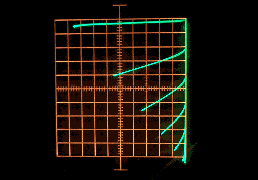
|
|
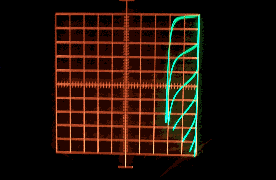
|
|
|
|
|
|
|
|
|
|
Typical "good" 1850-0038
-5V/div hor, -50mA/div ver, (0 v at top) 500uA/ step base current 0 - 6 steps
|
|
|
|
|
|
|
|
|
|
Typical "Bad" 1850-0038)
-5V/div hor, -50mA/div ver, (0 v at top) 500uA/ step base current 0 - 6 steps
|
|
|
|
|
|
|
|
|
|
|
|
All told, out of 9 transistors, three "ohmed" bad, that is with the BE shorted the CE was not open with the collector negative. They all have family curves more or less like the right picture. The transistors that ohmed "good" (CE was open with the BE shorted) looked similar to the family curve on the left. In the 5245 that I canabalized one of the three transistors was not marked 1805-0038, but 2N626. HP part guides list the 1850-0038 as a selected PNP. I assume that it is a selected 2N627. The 2N627 was one of the bad devices. When looking at the CE junction with the curve tracer the truth came out.
|
|
|
|
|
|
|
|
|
|
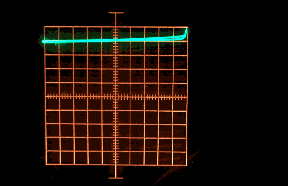
|
|

|
|
|
|
|
|
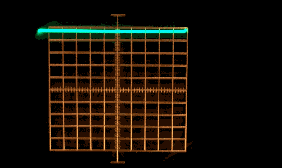
|
|
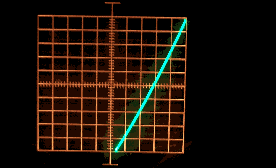
|
|
|
|
|
|
|
|
|
|
Top trace is base open, bottom trace is base shorted. Left is a good transistor, on the right a bad one. Scale is 1V/div hor, 5mA/div ver. As can be seen the bad transistor can't be turned off.
|
|
|
|
|
|
|
|
|
|
|
|
|





